Igor Ostapenko
Участник АК
его фрачники сегодня продались
просто сравнил их с фрачниками Ф. Бартера
его фрачники сегодня продались
The superb Great War First Battle of Ypres action at Zandvoorde near Gheluvelt 30th October 1914 Distinguished Conduct Medal and Imperial Russian Cross of Saint George 4th Class and first day of the Battle of the Somme 1st July 1916 Officer Casualty pair awarded to Sergeant later Lieutenant W.C.S. Warr , Royal Field Artillery, a pre-war reservist, who was living in Bloemfontein, South Africa and working as a butcher when he was recalled, and then saw service with the 106th Field Battery in the 22nd Brigade out on the Western Front from 6th Octob
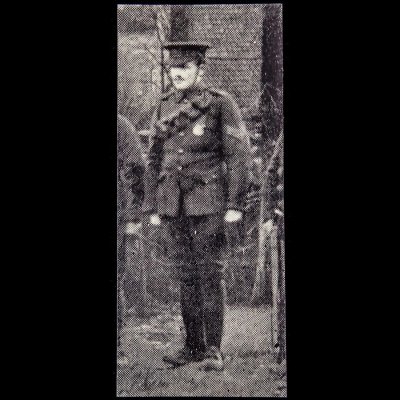
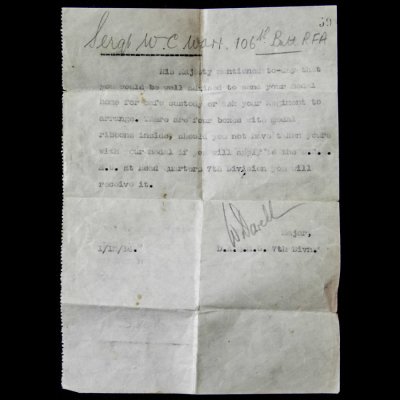
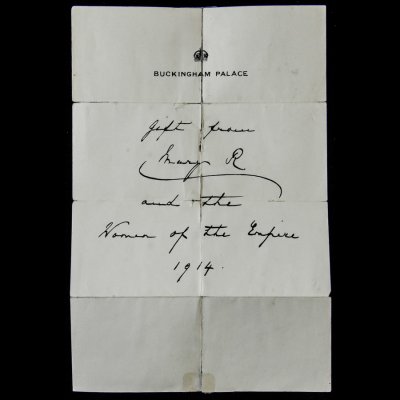

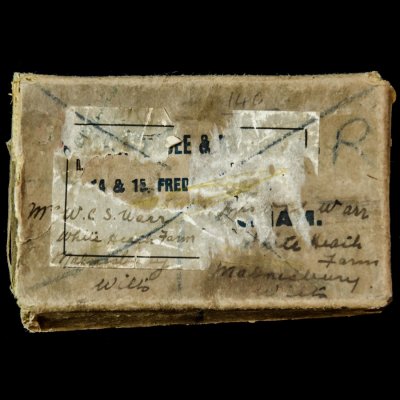
Violette Thurstan , фотографию отсканировал из её книги
Пишутне ГК , ГМ2 с номером 22109 на брита будет продана завтра
United Kingdom. A Meritorious & Russian Gold Bravery Award Group To Q.M.S H.W. Adams, Royal Garrison Artillery
United Kingdom. A Meritorious & Russian Gold Bravery Award Group to Q.M.S H.W. Adams, Royal Garrison Artillery
1914-15 Star, bronze, reverse impressed 9623 Q.M.SJT. H. W. ADAMS. R.G.A., very minimal wear, in near extremely fine condition.
British War Medal, silver, rim impressed 9623 W. O. CL. I. H. W. ADAMS. R. A, dark patina, minor wear, in very fine condition.
Victory Medal, bronze gilt, rim impressed 9623 W. O. CL. I. H. W. ADAMS. R. A, gilt wear on obverse, minor edge bruising, in near very fine condition.
Long Service and Good Conduct Medal, silver, rim impressed 9623 Q.M.R. SJT: H. W. ADAMS. R. G. A., dark patina, light wear to reverse, in very fine condition.
Meritorious Service Medal, silver, rim impressed 9623 Q. M. SJT: (A.C.) H. W. ADAMS. R. G. A., dark patina, minor wear, not attached to bar, in very fine condition.
Russian Imperial Bravery Medal, II Class, gold, obverse presents the portrait of Nicholas II, reverse numbered No. 22109, Russian Gold mark at 6 o’clock denoting ornamental or subsidiary parts of an item from 1908-1917, light edge bruising, loosely attached to bar, in better than very fine condition.
The medal measures 168mm in width, horizontal swing pin is missing from reverse, reverse of bar marked SHIRBRO under BWM ribbon, bar weighs 197.4 grams (including the unattached Meritorious Service Medal), in overall near very fine condition.
Accompanied by a partial postcard, and brief paperwork from the National Archives.
Footnote: H.W Adams (service number 9623) served as a Warrant Officer prior to being promoted to Quarter Master Sergeant and Acting Sergeant Major with the Royal Garrison Artillery during the First World War.
The Royal Garrison Artillery (RGA) was formed in 1899 as a specific branch of the British Army’s Royal Regiment of Artillery. During the First World War, the RGA was responsible for the professionalization of the technical gunnery, including the establishment o the coastal artillery batteries and heavy gun batteries. Over the course of the war, the RGA increased from 32 Regular and Territorial Batteries to 117, and 3 Siege Batteries to 401.
Adams was Mentioned in Despatches on January 28 1916, for actions taken on December 11 1915, noted by General Ian Hamilton.
Adams was awarded the Meritorious Service Medal while serving with the Royal Artillery attached to the Heavy Gun 9th Corps. He was gazetted on November 9, 1916 (pg 10933) for “recognition of valuable services rendered with the Armies in the field”. He was again Mentioned in Despatches on December 14 1917 (as a supplement to December 11, 1917).
United Kingdom. A Meritorious & Russian Gold Bravery Award Group to Q.M.S H.W. Adams, Royal Garrison Artillery - Auctions
<p>1914-15 Star, bronze, reverse impressed 9623 Q.M.SJT. H. W. ADAMS. R.G.A., very minimal wear, in near extremely fine condition.</p> <p>British War Medal, silver, rim impressed 9623 W. O. CL. I. H. W. ADAMS. R. A, dark patina, minor wear, in very finewww.emedals.com


 ;
; 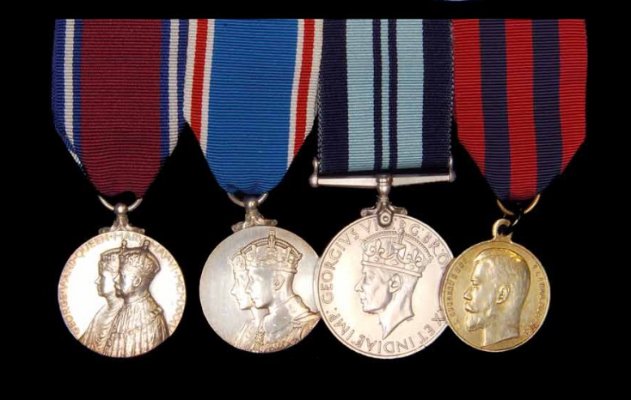
Неожиданно! ГМ на ленте медали "Переход через Дунай"?*Order of the British Empire, Distinguished Conduct Medal and Russian Medal for Bravery Group, Seven:
Lieutenant Colonel Herbert James Sheppard, 10th Battalion, 6th Regiment Rajputana Rifles, late Gloucestershire Regiment:
Order of the British Empire, Military Division, type 2, Officer’s breast badge, in silver-gilt;
Distinguished Conduct Medal, George V (9762 Sjt: H. J. Sheppard. 7/Glouc: R;
1914 Star with Clasp (9762 Pte. H. J Sheppard. 1/Glouc. R.);
Silver Jubilee 1935, Coronation 1937, Indian War Medal 1939-45, all unnamed as issued;
RUSSIA, Medal of Bravery of St George, First Class, in 9 carat (?) gold, with kokoshnik on reverse (No. 10399); also with the group is a
British War Medal (177119 Bmbr. C. H. Jones. R.A.) and Victory Medal (T2SR-O1372 Driver G. Attree. A.S.C.), all mounted for
wearing on two riband bars, very fine or better, the Medal of Bravery of St. George with incorrect riband, with case of issue and forwarding
slip and warrant for the O.B.E., box of issue and forwarding slip for the Indian War Medal (9) £3,000-4,000
Order of the British Empire, London Gazette: 11 June 1942 (King’s Birthday Honours).
Distinguished Conduct Medal, London Gazette: 20 October 1916.
“For conspicuous gallantry in organising and leading a bombing party during an attack. Although the men were mostly in an exhausted condition,
yet by his bravery and personal example he succeeded in his objective, and continued his fine work until wounded.”
Mention in General Lake’s Despatches 24 August 1916 (London Gazette: 19 October 1916), with certificate.
Medal of Bravery of St George, First Class, London Gazette: 15 May 1917.
Посмотреть вложение 331670
Группа очень сильно не полная, даже если это концевой сегмент многоэтажной группы.*Order of the British Empire, Distinguished Conduct Medal and Russian Medal for Bravery Group, Seven:
Lieutenant Colonel Herbert James Sheppard, 10th Battalion, 6th Regiment Rajputana Rifles, late Gloucestershire Regiment:
Order of the British Empire, Military Division, type 2, Officer’s breast badge, in silver-gilt;
Distinguished Conduct Medal, George V (9762 Sjt: H. J. Sheppard. 7/Glouc: R;
1914 Star with Clasp (9762 Pte. H. J Sheppard. 1/Glouc. R.);
Silver Jubilee 1935, Coronation 1937, Indian War Medal 1939-45, all unnamed as issued;
RUSSIA, Medal of Bravery of St George, First Class, in 9 carat (?) gold, with kokoshnik on reverse (No. 10399); also with the group is a
British War Medal (177119 Bmbr. C. H. Jones. R.A.) and Victory Medal (T2SR-O1372 Driver G. Attree. A.S.C.), all mounted for
wearing on two riband bars, very fine or better, the Medal of Bravery of St. George with incorrect riband, with case of issue and forwarding
slip and warrant for the O.B.E., box of issue and forwarding slip for the Indian War Medal (9) £3,000-4,000
Order of the British Empire, London Gazette: 11 June 1942 (King’s Birthday Honours).
Distinguished Conduct Medal, London Gazette: 20 October 1916.
“For conspicuous gallantry in organising and leading a bombing party during an attack. Although the men were mostly in an exhausted condition,
yet by his bravery and personal example he succeeded in his objective, and continued his fine work until wounded.”
Mention in General Lake’s Despatches 24 August 1916 (London Gazette: 19 October 1916), with certificate.
Medal of Bravery of St George, First Class, London Gazette: 15 May 1917.
Посмотреть вложение 331670
Да, намного проще в качестве догора найти медаль за службу в Индии, чем крест за переход через Дунай.А вот почему на другой ленте.. Наверное такая легкая реставрация группы. Но это не "Переход". Скорее вот эта британская медаль
Посмотреть вложение 331782
